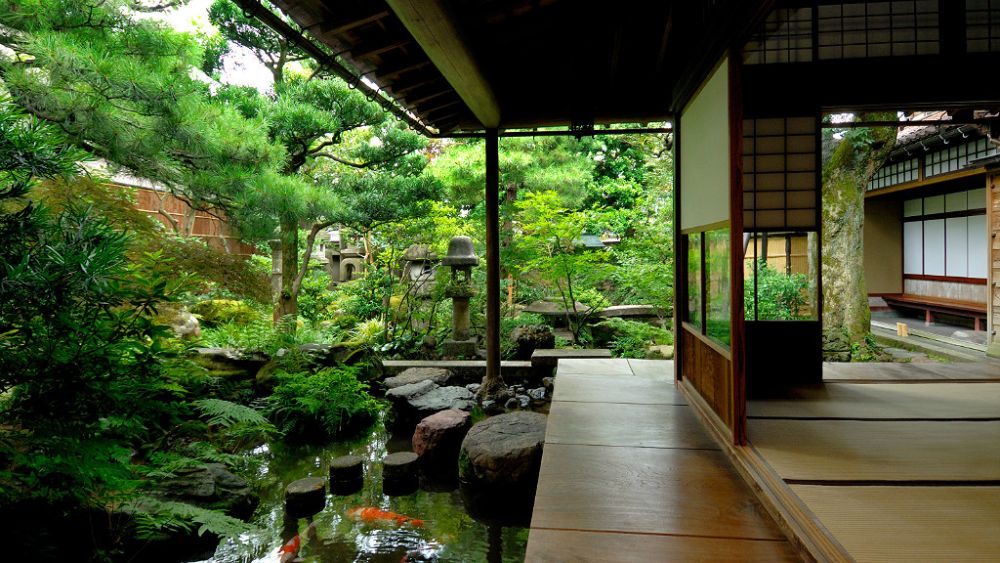

Once the bustling hub of Samurai activity, the Nagamachi Samurai District in Kanazawa remains a significant testament to the city’s feudal past. Hidden behind the modern façade of the city, this district retains much of its original charm, with earthen walls, private gates, and traditional houses that line its narrow lanes.
Tourism in the Nagamachi Samurai District has grown organically over the centuries. The area was initially established in the Edo period when these warrior-class residences were in their prime. After the Meiji Restoration, and the subsequent decline in the importance of the Samurai, these historical homes gradually became objects of curiosity and reverence. The second half of the 20th century saw a governmental push to preserve the historical textures of the area. Efforts to restore the Nagamachi district began in earnest, leading to its emergence as a critical site for cultural tourism in Japan. Tourist interest spiked following these restorations, with the district offering an intimate glimpse into the Samurai lifestyle.
Today, visitors to Nagamachi can immerse themselves within the serene ambiance of its cobblestone paths and water canals. Key attractions include the Nomura-ke, a restored Samurai house turned museum that allows tourists to experience the architectural elegance of a bygone era. The Shinise Kinenkan Museum and the Maeda Tosanokami-ke Shiryokan offer further insights into the craft and culture of the Edo period Samurai.
The modern tourism approach integrates experiential activities, with guided tours and tea ceremonies being notable highlights. The demand for a comprehensive cultural understanding has also given rise to educational excursions focusing on artifact preservation techniques and the historical significance of the Samurai class.
The latest trend in Nagamachi tourism leans towards sustainable and immersive cultural experiences. Efforts are being made to offer tourists authentic interactions with the district’s history without affecting its delicate heritage. Traditional accommodation in historic houses, known as ryokans, provide visitors with a living history experience complemented by modern comfort.
Interest in Nagamachi and its Samurai past has also benefited from the broader worldwide trend of "dark tourism", where people visit historical sites associated with death and tragedy — the dark stories associated with the Samurai inevitably drawing curiosity.
Moving forward, the sustained interest in Japan’s Samurai culture is likely to ensure a steady stream of visitors to the Nagamachi Samurai District. Efforts aimed at enriching the visitor experience with virtual reality recreations of historical events and increased accessibility are projected to support the growth of Nagamachi as a premier historical destination.
Kanazawa city continues its commitment to preserving the district’s legacy while meeting the evolving expectations of modern tourism, ensuring that the Nagamachi Samurai District remains not just a relic of the past, but a living, breathing celebration of Japanese history.